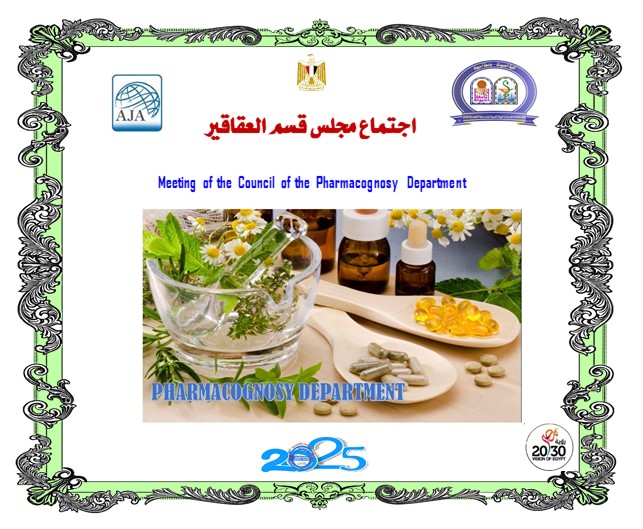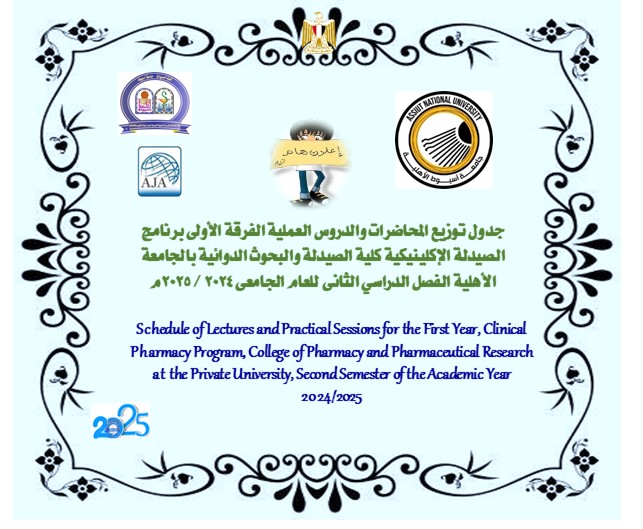Research Abstract
Abstract: Background: 1,2,4-triazoles possess a broad spectrum of biological activities such as analgesic,
antimicrobial, antitubercular, anti-inflammatory and antineoplastic activities. This heterocycle and their derivatives
were included into a wide variety of therapeutically interesting drugs. Hence, it is of great interest to explore
new 1,2,4-triazoles as cytotoxic agents targeting EGFR, B-Raf kinases.
Methods: The final compounds 9a-b, 10a-b, 11a-b, 12a-b, 13a-b and 14a-f were prepared by refluxing a mixture
of triazole 3a-b and 7a-d with the corresponding benzaldehyde derivatives 8a-d in absolute ethanol to afford
the target final compounds in good yields. The newly synthesized triazole-containing compounds were
assessed according to standard protocols for their in vitro antiproliferative activity against four human cancer
cell lines including human pancreas cancer cell line (Panc-1), pancreatic carcinoma cells (PaCa-2), colon cancer
cells (HT-29) and lung cancer cells (H-460) using the propidium iodide (PI) fluorescence assay. Compounds 9a
and 13a were evaluated against EGFR, B-Raf and Tubulin anticancer targets.
Results: Compounds 9a, 9b, 10a, 11a, 12a, 13a and 13b showed remarkable antiproliferative activity against
the tested cell lines with IC50 range of 1.3-5.9μM. Compounds 9a and 13a with the least IC50 values in the anticancer
screening assay were tested against three known anticancer targets including EGFR, B-Raf kinase and
Tubulin. The results revealed that compound 13a showed the highest potency against B-Raf and EGFR kinases
with IC50 = 0.7 and 1.9 μM, respectively.
Conclusion: 1,2,4-triazoles reported herein are potent EGFR, B-Raf inhibitors. These lead compounds will be
subjected to more detailed mechanistic studies.
Research Authors
Hany A. M. El-Sherief, Bahaa G. M. Youssif, Ahmed H. Abdelazeem, Mohamed Abdel-Aziz, Hamdy M. Abdel-Rahman.






